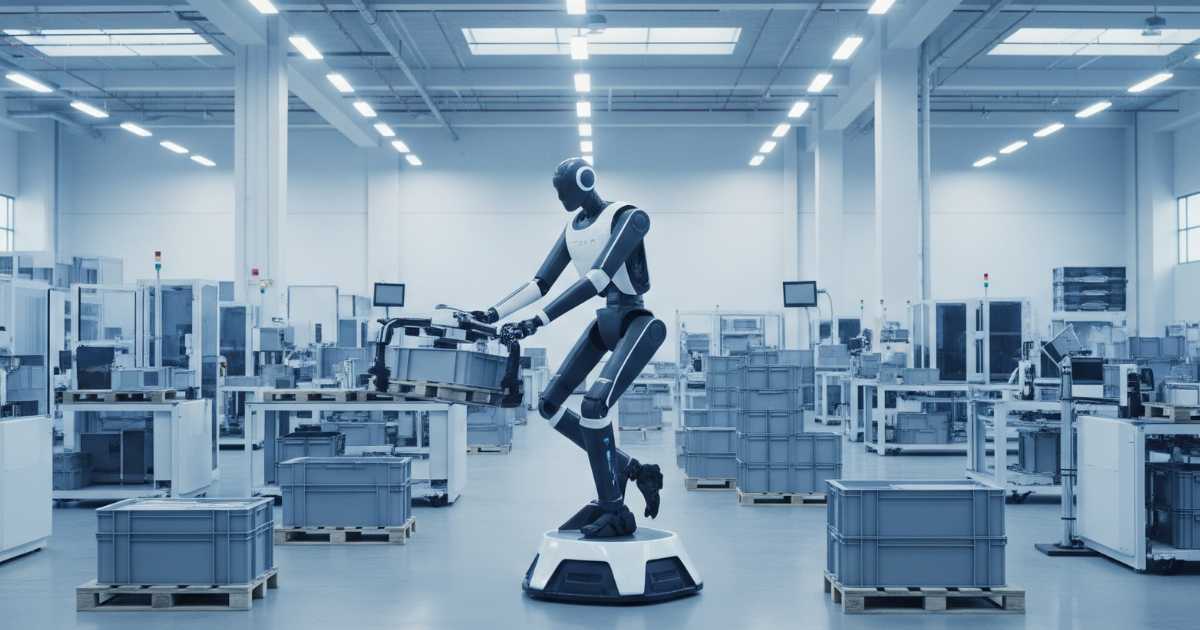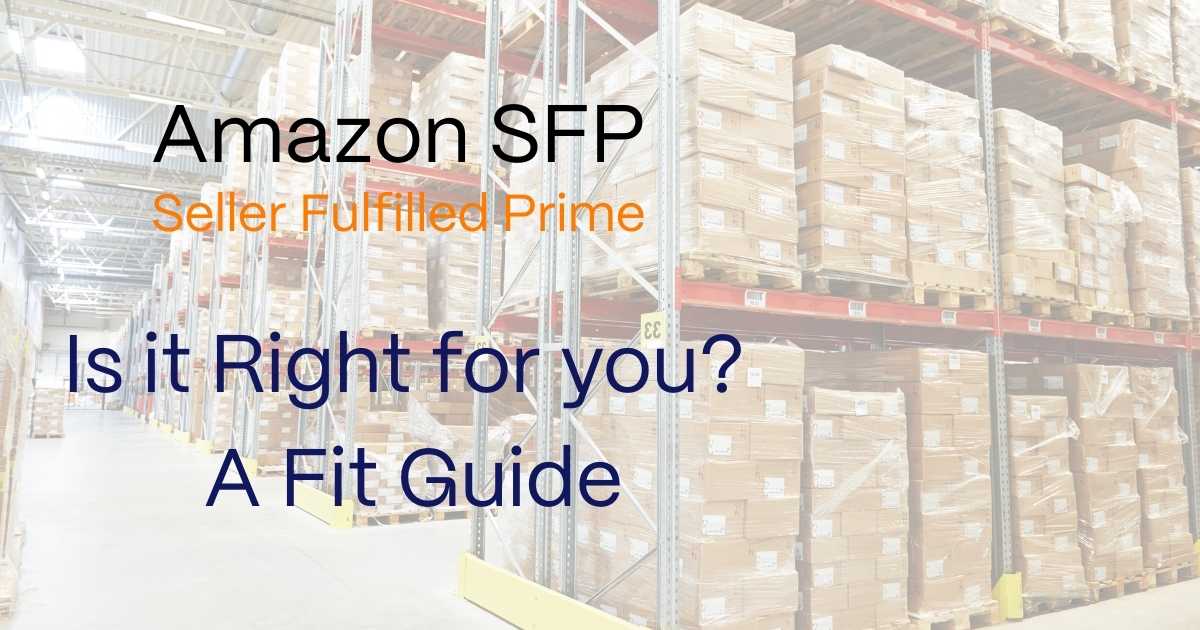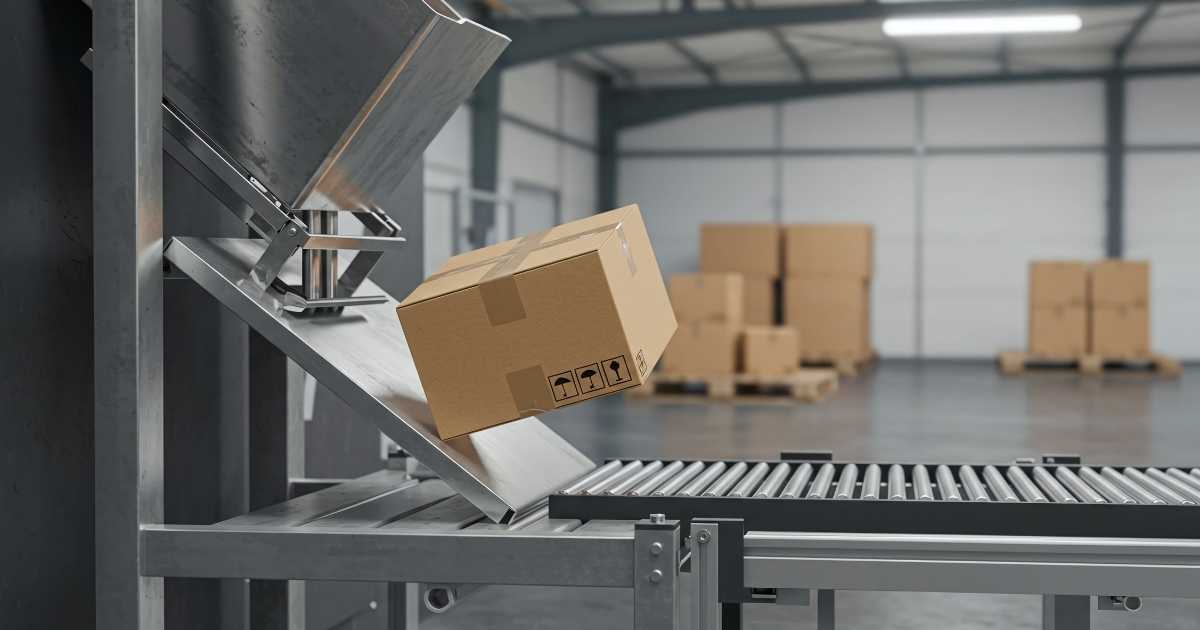The Future Is Now: How Tesla's Optimus and AI Are Set to Revolutionize 3PL Labor Models
Introduction
In the rapidly evolving world of third-party logistics (3PL) and manufacturing, innovation isn't just a competitive advantage - it's a necessity. The integration of Tesla's humanoid robot, Optimus, with the cutting-edge capabilities of large language models (LLMs) like Grok promises to redefine labor efficiency, productivity, and operational cost structures. As artificial intelligence and robotics advance at an unprecedented pace, their convergence marks a turning point in how warehouses and factories will function.
The Rise of Optimus: Tesla's Entry into Humanoid Robotics
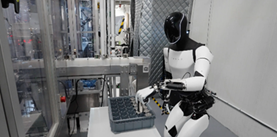
Tesla unveiled the Optimus humanoid robot with the ambitious vision of creating a general-purpose machine capable of performing tasks currently done by humans, including those in factories and fulfillment centers. Designed to be agile, trainable, and safe for human environments, Optimus is built with Tesla's full-stack expertise in hardware, AI, and power systems. Optimus is projected to perform a wide array of tasks such as lifting, sorting, packing, and transporting inventory; the core activities in most 3PLwarehouses.
AI-Powered Robots: LLMs Meet Robotics
Integrating LLMs into humanoid robotics turns these machines into adaptable, trainable, and context-aware collaborators in warehouse operations. Through natural language processing and real-time continuous learning, humanoid robots can:
- Receive verbal instructions and execute tasks with precision
- Adapt to changing inventory layouts and operational protocols
- Troubleshoot problems by querying AI models
- Learn from previous tasks and optimize their workflows
This fusion makes collaborative robots not just tools, but intelligent participants in a dynamic workplace.
Labor Transformation: Cost Savings, Safety, and Operational Efficiency
Let’s break down the impact on core business metrics:
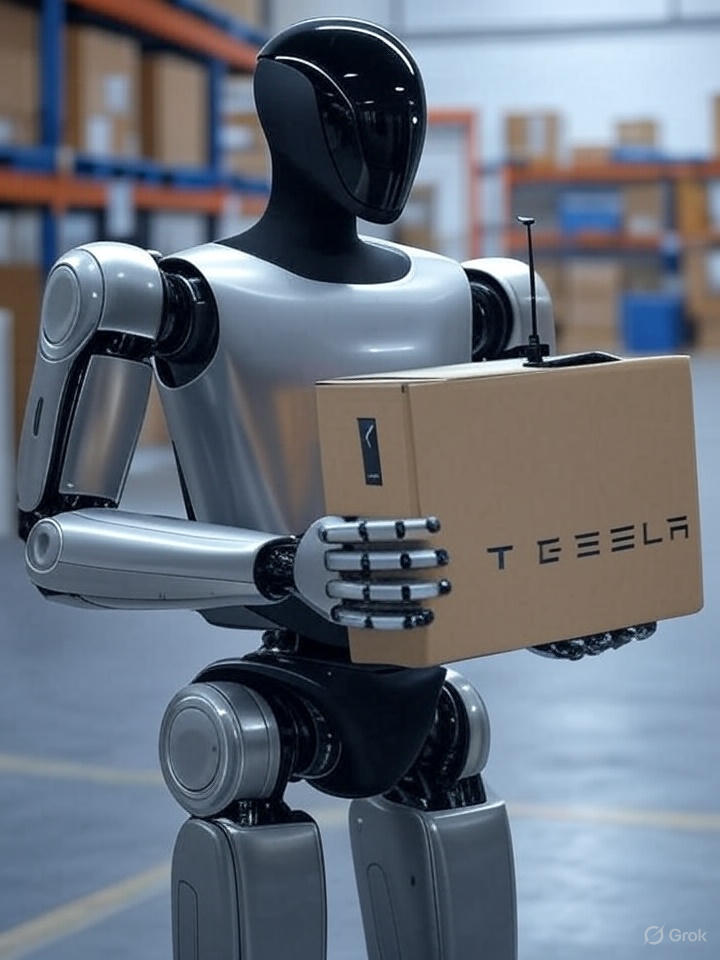
1. Reduced Labor Costs
With labor costs rising, businesses are eager to cut labor overhead. At the time of this writing, Optimus robots are expected to cost between $20,000 - $30,000 once they are manufactured at scale. Assuming that an Optimus robot can produce at least as much output as a human being (even if it takes 16 hours to do it), the Return on Investment could be approximately half a year.
2. Increased Productivity
A humanoid robot can operate 16-20 hours a day, significantly increasing productivity hours. Additionally, LLM integration enables multi-tasking, dynamic reprogramming, and predictive workflow optimization in the logistics industry.
3. Reduced Error Rates
Error in order fulfillment is a critical concern. AI-guided robots reduce picking and packing errors through precise scanning, labeling, and decision-making based on real-time data.
4. Injury Risk and Liability Cost Reduction
Warehouse work often includes manual labor involving repetitive strain and heavy lifting. Robots eliminate these risk factors, significantly reducing worker's compensation claims, insurance premiums, and associated downtime.
When Will Optimus Be Warehouse-Ready?
Tesla has indicated Optimus prototypes are already functioning in critical roles. Experts anticipate market trends including limited commercial deployment within 2-3 years, with broader mass adoption achievable within 5-7 years depending on regulatory frameworks and industry readiness.
The Road Ahead: Preparing for a Robotic Future
For companies in the 3PL and manufacturing sectors, the time to start planning is now. Key action steps include:
- Conducting internal readiness assessments for automation
- Investing in AI training for existing employees to co-manage robotic fleets
- Forming partnerships with robotics and AI vendors
Conclusion
Implementing AI humanoid robots like Tesla’s Optimus with advanced AI-powered systems signals a seismic shift in labor economics for 3PL and manufacturing. From reducing labor costs and injuries to increasing productivity and accuracy, the benefits are numerous and profound. The future of warehouse management lies with companies that embrace this transformation early. Those that do will gain a strategic edge in the logistics arms race of the 21st century. While widespread deployment may still be a few years out, the path is clear: the future of warehousing is intelligent, automated, and humanoid.
About a2b Fulfillment

At a2b Fulfillment, we make fulfillment services frictionless, so your business can scale with confidence. Let’s start a conversation. Contact us to learn how we can transform your fulfillment in 2025!
